Not sure where to start?
Answer a few simple questions and we’ll direct you to your perfect bed.
Enable notifications to get the best news on sales and special offers
If you’re thinking of jumping on the houseplant bandwagon, The Mattress Warehouse has your back! Not only do we have one of the widest selection of beds and mattresses in South Africa, but we also offer online shopping. Explore our site and buy items, like linen or bedding, online.
We’ve compiled a list of indoor plants that are ranked from easy to hard to maintain. This way, you can choose what plant friends you want in your home according to your green thumb abilities.
Quickly gaining traction as one of the most trendy indoor décor items and their air-purifying qualities, indoor plants are just about the best thing you can add in your home this arbour season. Furthermore, the presence of plants in a home create a relaxing, natural look and feel. In today’s busy lifestyle, indoor plants are the perfect springtime addition to your home!
With the warm summer weather upon us, many people forget that the months of September and October are, in fact, the spring months in the Southern hemisphere. That is why this time of year is the best opportunity for you to acquire your own indoor plant collection.
This can be a daunting project to start with at first. If you’re thinking of jumping on the houseplant bandwagon, The Mattress Warehouse has your back! We’ve compiled a list of indoor plants that are ranked from easy to hard (in terms of maintenance). This way, you can choose what plant friends you want in your home according to your level of a green thumb.
Of course, all plants need some form of TLC but there are those select few that are near impossible to kill. For those of you with a terrible track record in keeping your plants alive, this greenery is probably your best bet.
If plants were competing in “Who could survive the longest without care?” then Snake plants, or Sansevieria trifasciata, would probably be one of the frontrunners. This plant is very simple to take care of.
As an added bonus, studies have shown that these plants work as amazing air purifiers! This is a great feature, especially if you’re living in an air-polluted area.

Snake plants can be grown from cuttings, or you can buy an established plant from the nursery.
Very trendy and very easy to care for, these tropical plants are the perfect addition to your spring bedroom. Known for their perforated leaves and Insta-worthy posts, these bold, leafy plants are also the perfect choice for a low maintenance indoor plant.
This wonderful greenery can grow up to 20m tall – if given adequate space to thrive. As a houseplant, however, a Delicious Monster generally grows up to 3m tall, depending on the space they’re put in. These plants will adapt to their root space. Therefore, if they’re planted in a small pot, the plant will stay small and likewise with a larger pot.
As mentioned, this tropical indoor plant is great for the forgetful plant owner. Care for your Monstera deliciosa by following these instructions and tips:
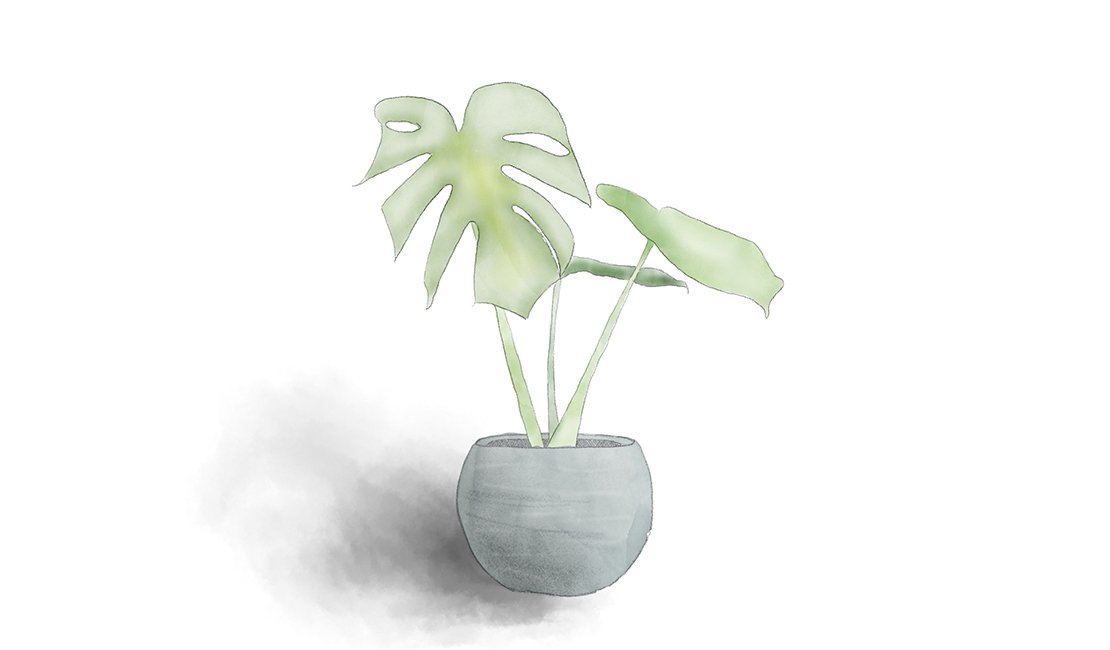
Even though these plants are easy to care for, the worst can sometimes happen. Certain factors can bring your Delicious Monster distress and result in a change of appearance. We’ve compiled a list of all the possible illness symptoms and how to treat them:
For people that are a little bit more on point with their plant-care, but still forgets to water a few days in a row; the following plants are a great option for you. These plants can be neglected for some time but need your attention every couple of days.
The delightful Spathiphyllum livens up any room with its distinctive droplet-shaped white flowers. Peace Lilies are tropical plants that grow on the forest floor in dappled sunlight with their roots in consistently moist soil.
Depending on the light, a Peace Lily plant will bloom white to off-white flowers at the beginning of summer and continue to bloom throughout the year. These plants like warm, humid climates and generally grow up to 40cm tall (as a potted indoor plant).
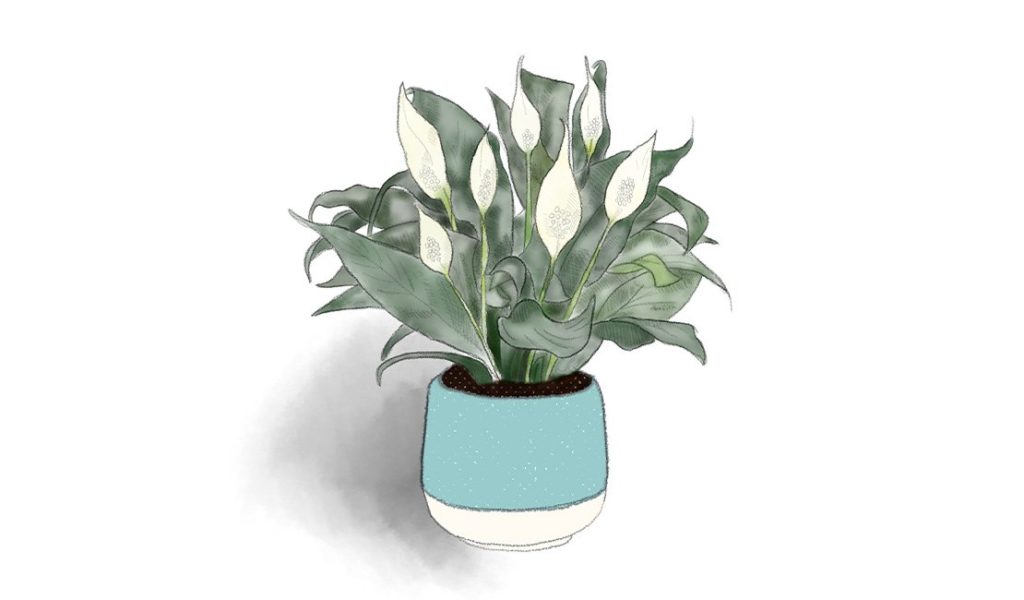
Succulents are desert plants that store water in their thick, fleshy leaves and stems. This feature is what allows them to survive without water for a very long time. However, succulents come from the desert and, therefore, need lots of sunlight and warmth to survive.
There are many different species of succulents, but their needs all stay the same. Therefore, you can create a versatile rock garden in your home with the many succulent varieties available.
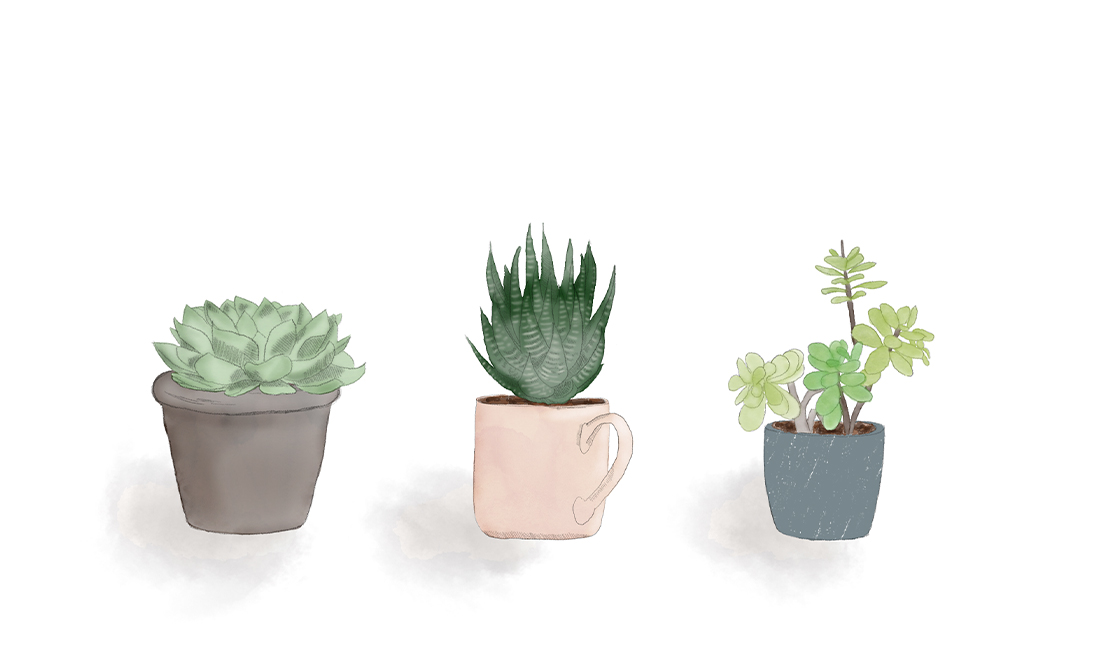
But first, let’s explore the wants and needs of these juicy indoor plants:
The following plants are for the very daring or expert gardeners among us. Before hosting these plants in your home make sure that you have an amazing track record of keeping plants alive. In addition to being hard to care for, these plants are also much more expensive. You don’t want to waste all that money by killing it off within a week!
Orchids are very sensitive plants in regards to water needs and light exposure. Through specialised care and perfect placement, you’ll have beautiful blooming orchids in no time!
There are many orchids species out there, but one of the most common and popular orchids is the Phalaenopsis Blume or Moth Orchid. You can find this greenery in most nurseries and grocery stores.
Moth orchids will grow about one or two new leaves and bloom stem per year. Usually, these plants go into bloom in the late winter through to the spring.
Follow these tips to keep your Moth Orchids in tip-top shape:
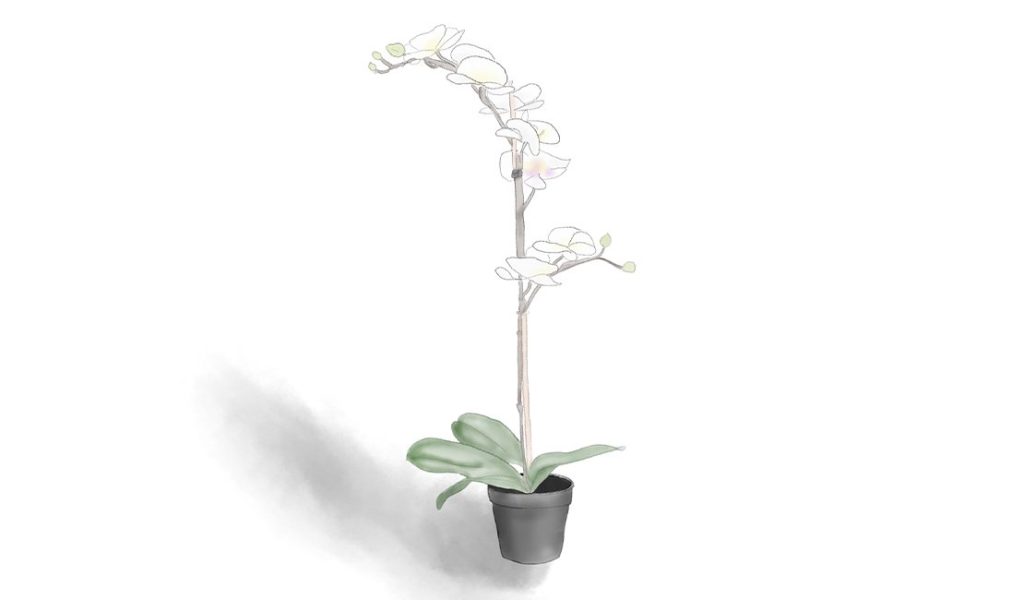
Moth orchids will bloom through late winter and spring. Do not be alarmed when your orchid suddenly drops all flowers at the dawn of summer. The blooms will reappear once the plant experiences a few cold nights in early autumn.
Don’t overwater your orchid. In the wild, orchids attach to a tree and get their nutrients and water from there. Their roots like to be dry and ventilated. That is why a good quality potting soil and draining pot is crucial for your orchid’s lifespan. Rather mist your orchids instead of pouring water over the plant. This will prevent overwatering and soggy roots. Once you get the hang of it, you’ll be an expert orchid caretaker in no time!
The Dionaea muscipula, better known as the Venus Flytrap is probably one of the hardest plants to take care of in your home. However, do not be intimidated by its level of maintenance, as this little plant is an amazing exotic addition to any bedroom.
This carnivorous plant grows best in sandy soil that is high in acidity and moisture. This plant gets its food from the soil and supplements its nutrients through eating small insects with their fly traps.
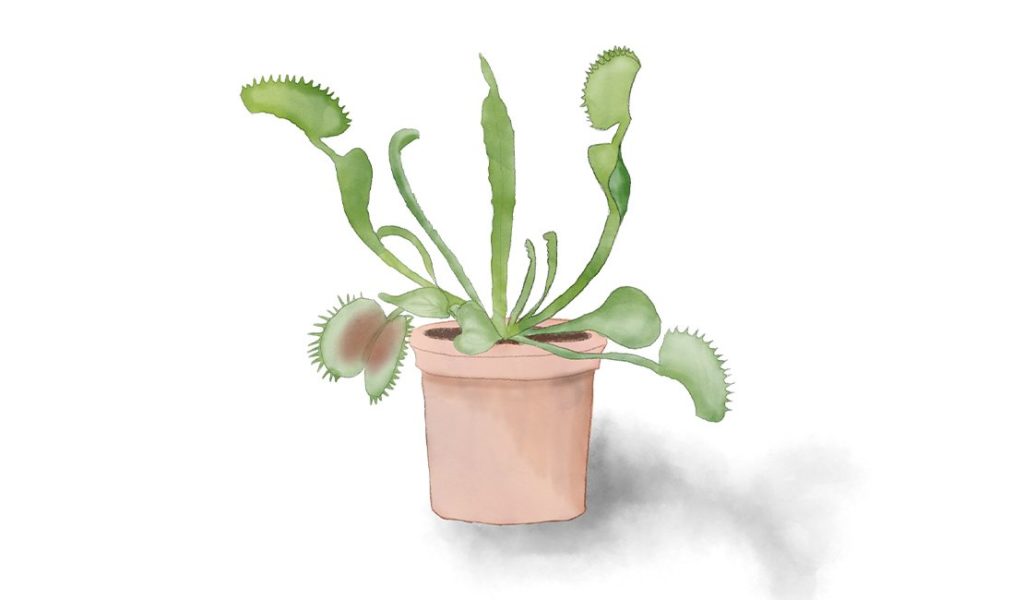
To care for your Venus Flytrap, follow these tips and suggestions:
Now you know the basics of caring for your indoor plants; from easy to hard. Don’t have any indoor plants? Now is the perfect time to start, as all plant thrives best in the springtime. Create your own natural sanctuary in your bedroom with these plants. Build your skill from beginner to expert by welcoming these plants one by one into your home. You’ll reap in the relaxing benefits of natural decor and super clean air. Happy planting!
Trust The Mattress Warehouse to help you create the perfect bedroom space. We’ve got everything you need to fit a bedroom from start to finish. Take a look at our impressive range of bedroom furniture and accessories. We provide an online shopping experience so buy your bed, mattress or bedding online.
Bed Shopping: A Family-Focused Approach to Smarter, Not Pricier Sleep
Sleeper Couch or Sofa Bed? A Guide to What Works for Your Space
Beds For Sale: What to Know Before You Buy
Best Beds: The 7 Best Bed Brands in South Africa
Comparing Queen Beds & Double Beds: Pros, Cons & Tips
5 Affordable Kids Beds That Don’t Compromise on Quality
How to Style a Three-Quarter Bed for Maximum Style & Comfort
Bedroom Furniture Guide for Newlyweds: From “I Do” to Move-In
Why Single Beds Are Making a Comeback: Secrets to a Functional Home
From Dorm Room to First Apartment: Why a Double Mattress Is Ideal
Bed Shopping: A Family-Focused Approach to Smarter, Not Pricier Sleep
Sleeper Couch or Sofa Bed? A Guide to What Works for Your Space
Beds For Sale: What to Know Before You Buy
Best Beds: The 7 Best Bed Brands in South Africa
Comparing Queen Beds & Double Beds: Pros, Cons & Tips
5 Affordable Kids Beds That Don’t Compromise on Quality
How to Style a Three-Quarter Bed for Maximum Style & Comfort
Bedroom Furniture Guide for Newlyweds: From “I Do” to Move-In
Why Single Beds Are Making a Comeback: Secrets to a Functional Home
From Dorm Room to First Apartment: Why a Double Mattress Is Ideal